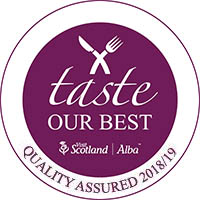


Our Heritage
The Parliament House Hotel lies in the heart of a magnificent World Heritage Site. In 1995, UNESCO recognised the unique character of Edinburgh with its medieval Old Town sitting in immediate contrast above its planned eighteenth and early nineteenth century “New Town”. The site is recognised by UNESCO as having outstanding universal value.
Parliament House Hotel History
The hotel itself reflects both Old and New Town styles. Number 15 was built in 1908 reflecting the classical style of Edinburgh’s New Town. Numbers 9-13 were built 150 years earlier in the tenement style of Old Edinburgh. Both are now buildings listed by Historic Scotland..
Numbers 9-13, at the centre of the hotel, date back to the 1760s. They appear on Ainslie’s map of Edinburgh (c.1780) and they form part of a group of ‘A’ listed buildings. Historic Scotland describes the block as:
‘Of particular interest due to its unusual external circular stair tower and as one of the last remaining buildings of the Old Calton or Caldtoun village, which formed the heart of the Barony of Calton.’
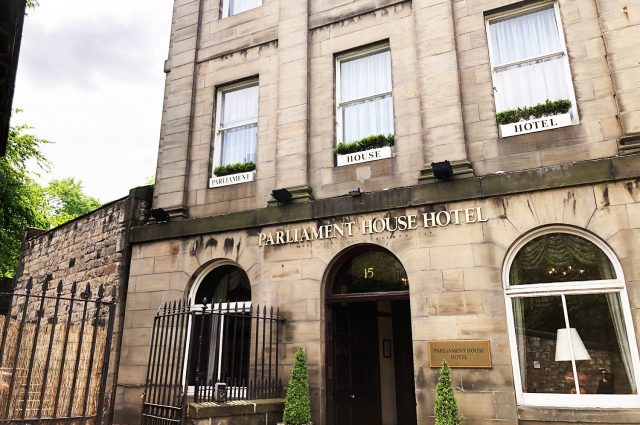
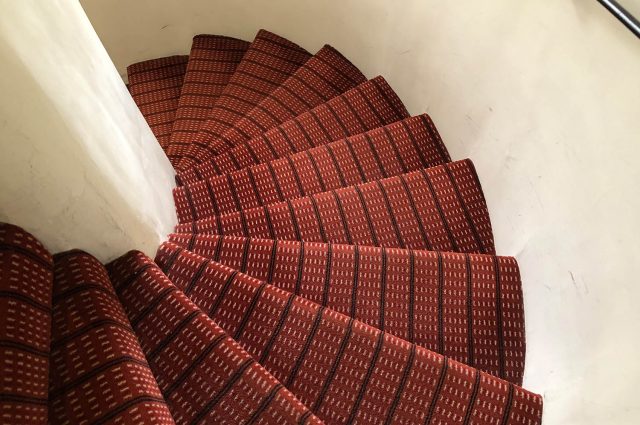
The Barony of Calton
The ‘Barony’ of Calton (also Caldtoun or Caltoun) can be traced back to the fourteenth century. In 1382, the Logan family of Restalrig purchased the lands and retained the Barony until 1605. ‘Caldtoun’ is mentioned in 1591 as a parish district of South Leith.
The origin of the name is not clear. Possible Gaelic derivations are: Calldain: a hazel copse, Caldoun: a hill covered with bushes, or Choille dun: a forested hill. Others argue that it may derive from the Scots word ‘galt’ or ‘gaut’ and suggest a translation of ‘Boar’s Hill’.
Under the guardianship of the Logans we hear of:
- the founding of a Carmelite monastery in 1513
- the burning of Protestants on top of the hill as heretics in 1534
- the establishment in 1591 of a ‘hospital for leprous persons’. Allegedly a gibbet stood permanently at its gate for the execution by hanging of any leper who dared attempt to leave.
In 1605 Robert Logan sold the lands to James Lord Balmerino and a new dynasty began. Later, the area in which the hotel now sits was often referred to as ‘High Caltoun’.
Under the protection of the Balmerino family, the Barony prospered and attracted many skilled tradesmen. This led to the formation in 1631 of a society entitled the ‘Incorporated Trades of Caldtoun and lands of Caldtounhill’ which regulated the exclusive rights to trade within the Barony.
In 1697, the membership lists 51 shoemakers and cordiners (bootmakers), 26 brewers and 15 baxters (bakers). Shoes, cake and ale were obviously in as high demand then as they are now. Admission to the society was based on applicants producing ‘essay pieces’ as evidence of their worth. The records of the society reveal some of the successful entrants who lived here on High Caltoun:
| John Oswald, baxter (baker). Essay piece: a pie. | George Ogilvie, wright. Essay piece: brackets. | John Coutes, founder. Essay piece: candlesticks. |

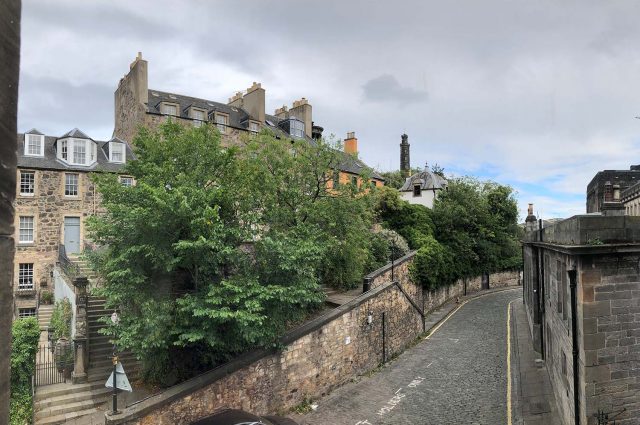
An Edinburgh Suburb
The village of Calton surrendered some of its autonomy in 1724 when the Town Council of Edinburgh purchased the lands of Calton from the Balmerino family and as a result in 1725 Calton was:
‘United to the Common Good of the Burgh of Edinburgh’.
The Incorporated Trades nevertheless continued for some time to share responsibility with Edinburgh Town Council. There was however an early dispute over the disposal of waste. Calton Hill’s farmer, John Edington, claimed free access to Calton’s ‘muck’ for use as manure. However, the society retained its right to the muck, whose sale covered the cost of providing oil lamps to illuminate the street. In 1753, the society paid for a well, which was later linked by the Council to the city water supply.
Although the Barony now had no practical function it was not until 1856 that it was finally abolished in law. From the 1760s, new building took place on High Caltoun including numbers 9-13.
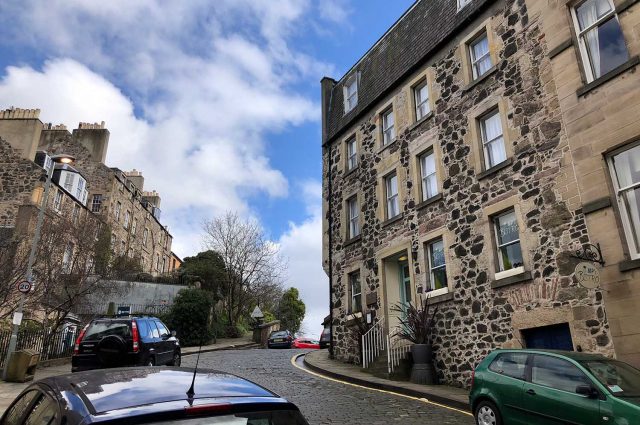
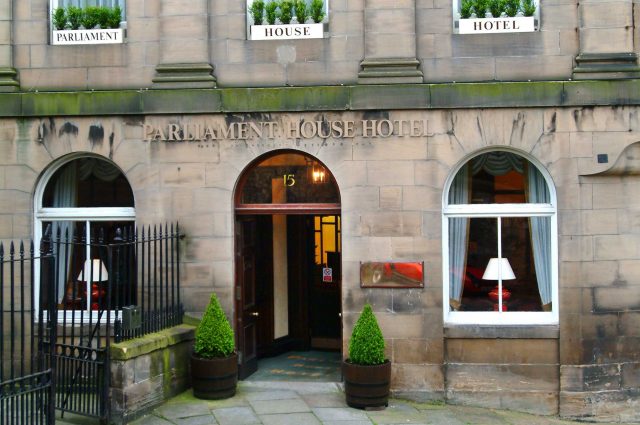
Early Residents of Numbers 9-13
Williamson’s Directories from 1773 reveal the type of people who now lived in the new houses of High Caulton. Gentlewomen and widows of independent means, bankers, lawyers and customs officials abound in the late 1700s. Some more unusual occupations were also represented:
| 1784 John Barclay, Berean Minister | 1784 William Woods, Comedian |
| 1788 John Maughan, Surveyor of window lights | 1795 ‘Ramsden’, Post horse tax master |
In the nineteenth century, the Post Office Directories now listed the street as Calton Hill and identified residents by street numbers. In 1820 we can identify the following residents of the current hotel buildings:
G. S. Sutherland of the General Post Office; Miss Hunter gentlewoman; and P Corstorphin, billet master.
Calton Gaol had been completed nearby in the early 1800s, and the convenient location of Calton Hill was to have a considerable effect on the use of these buildings. By 1900 numbers 9-13 were owned by HM Prison Commissioners of Scotland and were residences for prison warders and their families.
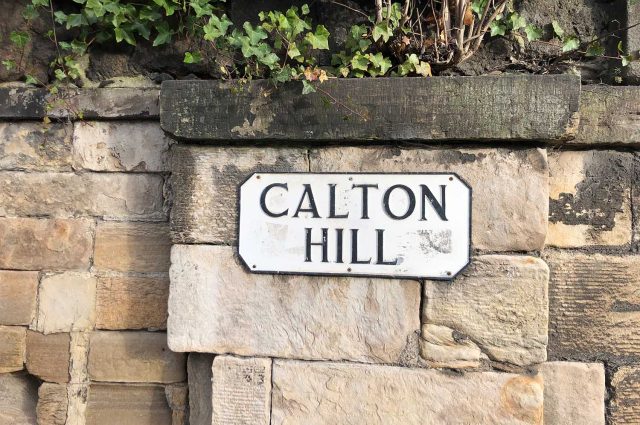
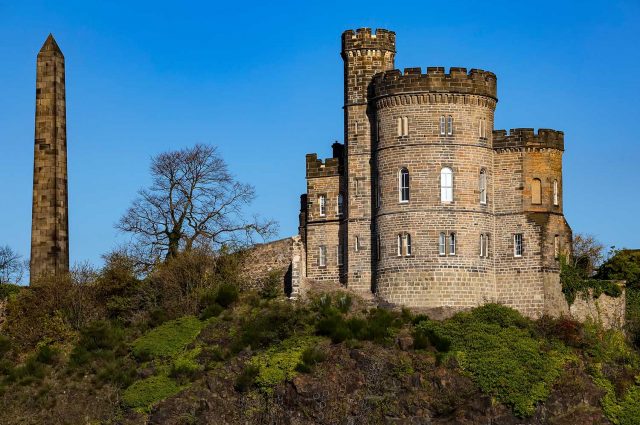
Notable Neighbours
Opposite the hotel restaurant, a small obelisk marks the site of number 14, the home of Mrs Agnes (Nancy) McLehose from 1800 until her death in 1841. She is better remembered as ‘Clarinda’, her pen name when, as a younger woman estranged from her husband, she exchanged amorous letters with poet Robert Burns.
At the head of the street is the striking ‘Rock House’, home and studio of photography pioneer, David Octavius Hill and his technical partner Robert Adamson. The National Galleries of Scotland hold a collection of Hill’s images of 19th century Scotland. Many eminent photographers followed in their footsteps here including photographers to King Edward VII and King George V.
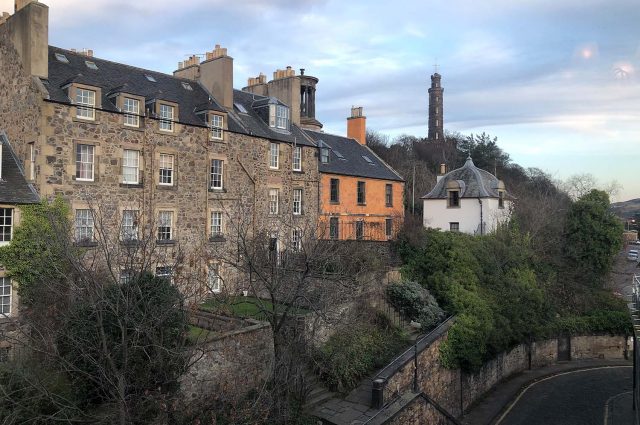
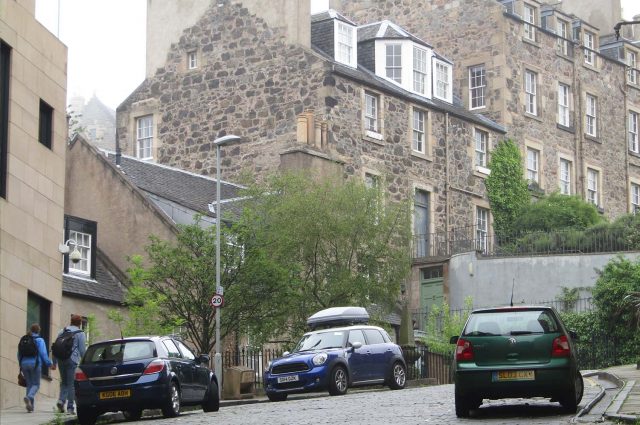
To the Present
In 1908 numbers 3-7 and 15 Calton Hill were demolished and replaced by offices and workshops for the Edinburgh and Leith Gas Corporation. Numbers 3-7 provided the workshops while 15 became a prestigious office. No. 15 was built in classical style and is now B listed. Historic Scotland highlights the wrought iron lift shaft and the ornate interiors, mirroring interiors of nearby Waterloo Place, built around a century earlier.
With the closure of Calton Gaol in the 1920s numbers 9-13 had a number of private occupants including the leading Edinburgh clockmakers James Ritchie and Son of Leith Street. By the 1950s Scottish Gas had replaced the local gas corporation and all the properties from 15 to 3 inclusive were linked.
In 1996 these historic buildings were adapted to create an elegant fifty-three bedroom hotel, the Parliament House Hotel. The hotel is mindful of the city’s heritage:
‘We’ve retained many period features and introduced a little local character as well to all our rooms. But we also move with the times and have incorporated all the latest in-room features today’s traveller expects’
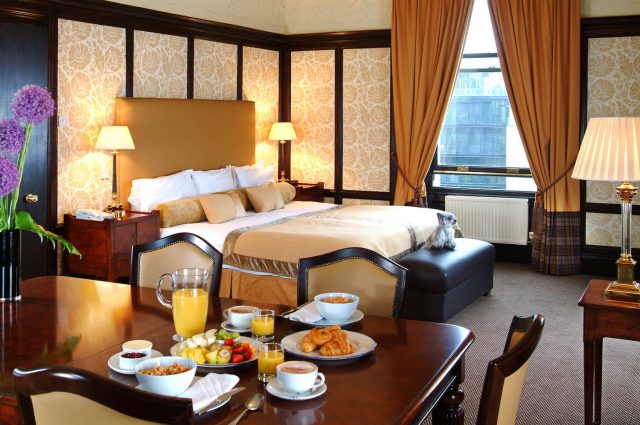
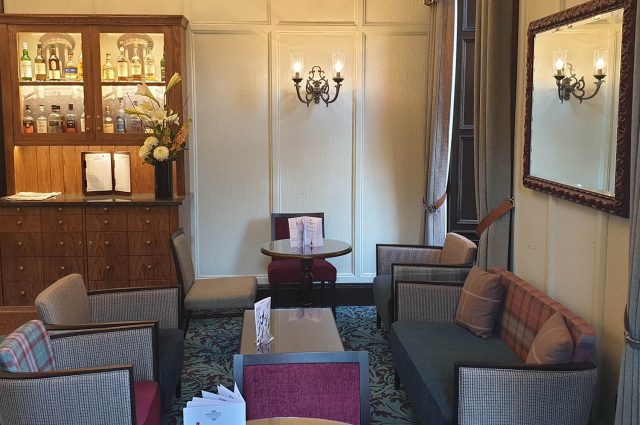
‘Lovely, friendly traditional hotel. From first walking through the door of this beautiful building we were made welcome with a smile and friendly greeting. The room itself was large, beautifully traditionally decorated with a gorgeous big bathroom .qality furnishings, toiletries and fluffy towels. Breakfast was delicious, a good selection of fresh fruit yoghurts and pastries and loads of cooked meats and cheese. What a wonderful find an individual hotel that’s leagues above the big chains. Well done Parliament House’
– Parliament House Hotel Tripadvisor Review
Newsletter Signup
Keep up to date with our latest news and offers

